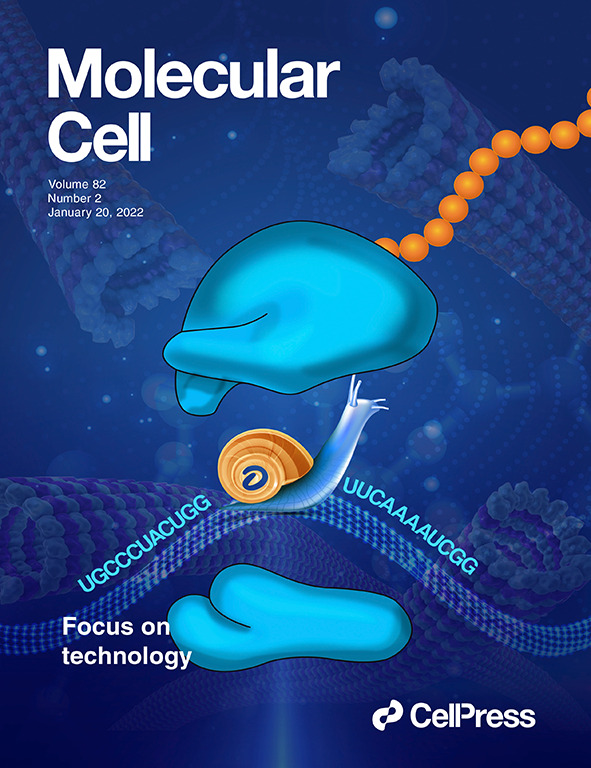Cancer prognosis using base excision repair genes
IF 6.5
3区 生物学
Q2 BIOCHEMISTRY & MOLECULAR BIOLOGY
引用次数: 0
Abstract
The base excision repair (BER) pathway is a critical mechanism in genomic stability. This review investigates the role of the BER pathway in advanced cancer therapies considering the pivotal role of genetic factors in cancer patient responses and prognosis. BER factors significantly influence genetic instability and cancer prognosis, as well as the effectiveness of chemotherapy and radiation therapy. In various cancers such as breast, colon, lung, and bladder, BER factors have shown potential as critical biological markers for predicting cancer outcomes. This study focuses on the polymorphisms and expression levels of key BER genes, including OGG1, XRCC1, APE1, and Polβ. Our findings demonstrate that the expression levels of BER genes and proteins are closely associated with the risk, progression, treatment response, and prognosis of various cancers. These insights could improve cancer treatments and aid in the development of drugs targeting BER proteins. Ongoing research in this field requires extensive statistical analyses and large-scale prospective studies to effectively utilize BER protein levels. Ultimately, these results suggest that the BER pathway represents a potential target for cancer diagnosis, prognostic prediction, and the development of personalized therapeutic strategies. This paves the way for effective cancer treatment in the future.
碱基切除修复基因对癌症预后的影响。
碱基切除修复(BER)途径是基因组稳定性的重要机制。本文综述了BER通路在晚期癌症治疗中的作用,并考虑了遗传因素在癌症患者反应和预后中的关键作用。BER因子显著影响遗传不稳定性和肿瘤预后,以及化疗和放疗的有效性。在乳腺癌、结肠癌、肺癌和膀胱癌等各种癌症中,BER因子已显示出作为预测癌症预后的关键生物标志物的潜力。本研究的重点是BER关键基因OGG1、XRCC1、APE1和Polβ的多态性和表达水平。我们的研究结果表明,BER基因和蛋白的表达水平与各种癌症的风险、进展、治疗反应和预后密切相关。这些发现可以改善癌症治疗,并有助于开发针对BER蛋白的药物。该领域正在进行的研究需要广泛的统计分析和大规模的前瞻性研究来有效地利用BER蛋白水平。最终,这些结果表明,BER通路代表了癌症诊断、预后预测和个性化治疗策略发展的潜在靶点。这为未来有效的癌症治疗铺平了道路。
本文章由计算机程序翻译,如有差异,请以英文原文为准。
求助全文
约1分钟内获得全文
求助全文
来源期刊

Molecules and Cells
生物-生化与分子生物学
CiteScore
6.60
自引率
10.50%
发文量
83
审稿时长
2.3 months
期刊介绍:
Molecules and Cells is an international on-line open-access journal devoted to the advancement and dissemination of fundamental knowledge in molecular and cellular biology. It was launched in 1990 and ISO abbreviation is "Mol. Cells". Reports on a broad range of topics of general interest to molecular and cell biologists are published. It is published on the last day of each month by the Korean Society for Molecular and Cellular Biology.
 求助内容:
求助内容: 应助结果提醒方式:
应助结果提醒方式:


